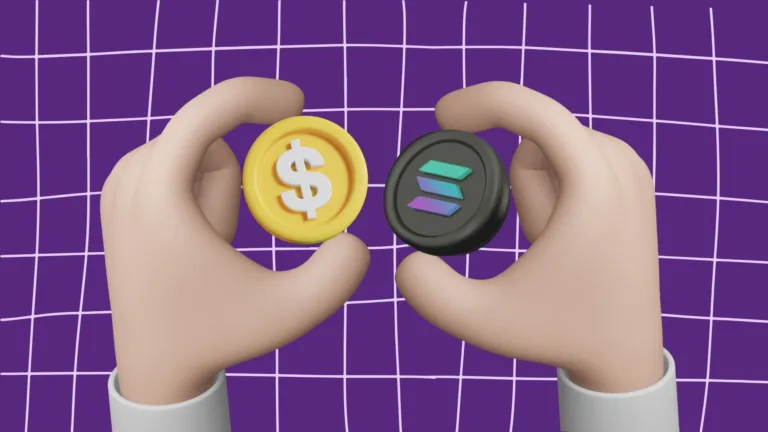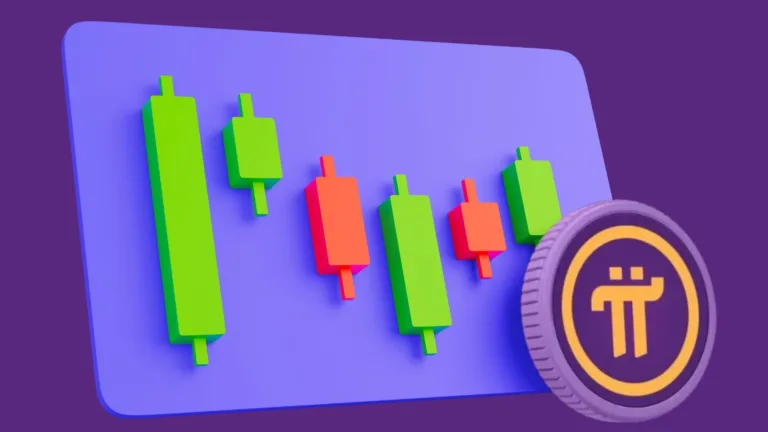Sell Smart: Exit at the Top
The cryptocurrency market is experiencing one of the most explosive bull runs in its history. Bitcoin finally crossed the legendary $100,000 mark in December 2024, sparking a massive altcoin rally.
Ethereum is trading close to $4,000, and long-dormant coins like XRP are reaching price levels not seen in over six years.
Institutions are piling in. MicroStrategy alone has invested over $13.5 billion in Bitcoin within just a month, and Marathon Digital continues to expand its crypto holdings.
Retail investors are flooding back in droves, and social media is filled with bullish sentiment. If you’ve been in the game for a while—or even if you’re new—you’re likely seeing significant portfolio growth.
But here’s the big question: When is the right time to cash out? Should you ride the wave through 2025? Or prepare for the inevitable cooldown that every bull cycle seems to invite?
Principal Conclusion
Hide-
Always enter the market with a clear profit target in mind. Know your financial goals and define your ideal exit point.
-
Understand the four-year crypto cycle and how halving events typically influence market phases.
-
Monitor technical indicators such as the Relative Strength Index (RSI) and support/resistance levels to detect early signs of a market reversal.
-
Don’t rely solely on price action—consider macroeconomic factors, regulatory developments, and fundamental project updates.
-
Rebalance your portfolio as your crypto holdings grow disproportionately to avoid unnecessary exposure to volatility.
-
Consider selling in portions rather than all at once, especially during euphoric market conditions.
-
Avoid emotional decisions and panic selling during temporary corrections or FUD-driven dips.
Timing your exit is just as important as your entry. Whether you’re holding long-term or actively trading, understanding market cycles, technical signals, and your own goals can make the difference between keeping your gains or watching them vanish.
The Four-Year Crypto Cycle: Myth or Market Blueprint?
Crypto veterans often refer to the “four-year cycle” as a guideline for understanding market behavior.
This cycle is based on Bitcoin halving events—pre-programmed occurrences every four years where mining rewards are cut in half.
These events tend to reduce the supply of new Bitcoin, often followed by a surge in demand.
Here’s how the typical cycle plays out:
-
Halving Year: Anticipation builds around reduced Bitcoin supply. Traders start positioning for the next bull run.
-
Bull Market: Following the halving, prices tend to rise sharply, driven by both retail and institutional investors. This phase is marked by optimism, speculation, and rapidly growing valuations.
-
Correction and Consolidation: After euphoric peaks, the market usually experiences a sharp correction. Overleveraged positions are wiped out, and prices stabilize at lower but sustainable levels.
-
Bear Market: As attention fades and new capital stops flowing in, the market enters a downtrend. This phase is quieter, but it’s where real innovation and building often happen.
Historically, Bitcoin’s halving events in 2012, 2016, and 2020 followed this cycle closely. While there’s no guarantee the pattern will continue forever, 2025 appears to be fitting the script—strong bullish momentum following the 2024 halving, and growing sentiment that 2026 might be the start of a corrective phase.
Technical and Strategic Selling: When and How to Cash Out
To maximize your gains, you need more than luck. Here are essential strategies to determine the best time to sell:
Set Clear Profit Targets
Before investing, determine your acceptable return. Are you aiming for a 50% gain? A 3x return? Setting profit targets helps reduce emotional decision-making.
If your investment meets your goal, don’t hesitate to take profits—even if others are still “holding on for dear life.”
Understand Long and Short Strategies
-
Going Long: You expect the price to rise. Buy low and plan to sell high.
-
Going Short: You expect a decline in price. This involves selling at a high price (often with borrowed assets) and repurchasing at a lower price.
Both strategies require careful timing and technical insight. Going long during a strong bull trend can be rewarding, but going short during the first signs of reversal can help you protect or even increase your capital.
Use Technical Indicators
One of the most widely used tools is the Relative Strength Index (RSI). An RSI above 70 typically indicates overbought conditions, suggesting a possible correction.
Watch for other patterns like double tops, head-and-shoulders formations, or breaks in long-term trendlines. Momentum indicators and volume analysis can also help validate your timing.
React to Changing Fundamentals
Market sentiment can shift quickly if the underlying fundamentals of a project begin to falter. If a project you’ve invested in stops publishing updates, loses developers, or faces regulatory scrutiny, it may be time to exit.
Similarly, broader events like unfavorable regulatory news, macroeconomic tightening, or declining interest from institutional investors could signal the start of a downturn.
Rebalance Your Portfolio
Crypto is inherently volatile. If your digital assets start to dominate your investment portfolio due to a rapid rise in value, consider reallocating a portion into more stable assets like bonds, ETFs, or cash. This helps manage risk while securing gains.
Use a Scaling Out Strategy
Instead of trying to sell at the exact top, consider selling gradually in increments. For example, sell 25% of your position once your asset hits your target price, another 25% if it rises further, and so on. This way, you secure profits while still participating in potential upside.
What to Avoid
Making poor selling decisions can wipe out your gains. Here are some traps to avoid:
-
Panic Selling: Don’t sell during every dip. Volatility is common in crypto—stick to your plan.
-
Following the Herd: Just because everyone is bullish or bearish doesn’t mean they’re right. Do your own analysis.
-
Overleveraging: High leverage might amplify your gains, but it can destroy your portfolio just as quickly.
-
Emotion-Driven Actions: Avoid making decisions out of fear or greed. Discipline is your strongest asset.
Conclusion: Profit with Precision, Not Emotion
The 2025 bull market may be the most profitable phase we’ve seen in years—but it won’t last forever. Understanding when to exit is just as crucial as knowing when to enter.
By setting targets, following the market’s rhythm, and preparing for volatility, you can make smart, calculated decisions that protect and multiply your capital.
This year could offer life-changing gains for those who are prepared. But it will punish those who chase hype and ignore the warning signs.
So build your strategy, follow the signals, and when the time is right—don’t hesitate to take profit. In the world of crypto, the winners are not those who hold the longest, but those who exit the smartest.
Frequently Asked Questions (FAQs)
How do I know when it’s the right time to sell my crypto?
The right time depends on your goals, market signals, and the asset’s fundamentals. Use technical indicators like RSI, watch for macro shifts, and always stick to your exit plan.
Should I sell all my crypto at once or in parts?
Selling in increments (scaling out) is usually the safer approach. It allows you to secure profits while still maintaining some exposure in case the market continues upward.
What are signs the market is about to reverse?
Look for high RSI levels, bearish chart patterns, declining volume, or significant news that disrupts market sentiment. Institutional selling or regulatory crackdowns are also red flags.
Can I still make profits if I miss the exact top?
Absolutely. Trying to sell at the very peak is nearly impossible. Securing solid profits before the peak is far more practical and reduces risk.
Is the four-year cycle still reliable?
While it has held up historically, there’s no guarantee it will repeat exactly. Use it as a guideline, but combine it with up-to-date technical and fundamental analysis for more accurate decisions.






